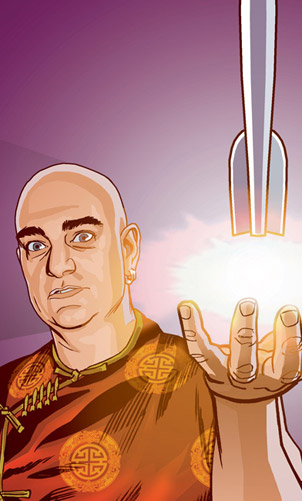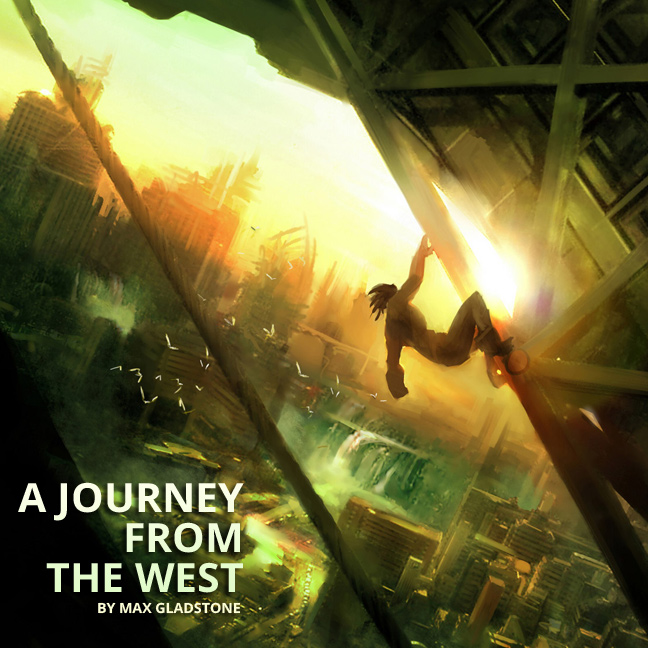 Crown Books is described by Publishers Weekly as having a ‘somewhat checkered history,’ but recently hired Phoebe Yeh hopes to establish its presence as a Young Adult imprint. The first round of acquired books has been announced, and among them is a name that should be well known to Science Fiction and Fantasy fans: Lou Anders.
Crown Books is described by Publishers Weekly as having a ‘somewhat checkered history,’ but recently hired Phoebe Yeh hopes to establish its presence as a Young Adult imprint. The first round of acquired books has been announced, and among them is a name that should be well known to Science Fiction and Fantasy fans: Lou Anders.
Anders is best known as the Hugo Award-winning editorial director of Pyr Books, an imprint of Prometheus Books known for beautiful covers, and publishing some of the industries most exciting young authors. Anders has also won acclaim as a short fiction editor, having worked on a few high profile anthologies, such as Swords & Dark Magic and With Great Power.
Frostborn, the first volume in a Norse-inspired young adult fantsy series called Thrones and Bones, is described as ” involving a dead Viking sea captain, wyverns, and a 1,200-year-old dragon.” Anders further describes the plot of the novel as being about, “[a] brave frost giant’s daughter who befriends a cunning boy in a land inspired by Norse folklore as they become embroiled against warriors, wyverns, and the past.” It is Anders’ first novel.
Yeh discusses Anders’ novel and his jump from adult fiction (he’s written and published adult short fiction) to young adult:
Due in August 2014, the novel, Yeh explained, “is a very commercial fantasy adventure. The author is a terrific author and editor of adult science fiction, but hasn’t written for children before. He brings a brand new voice to children’s literature.”
Frostborn is due for release in North America on August 2014 and will be followed by two books, Frostforged and an unnamed sequel.



